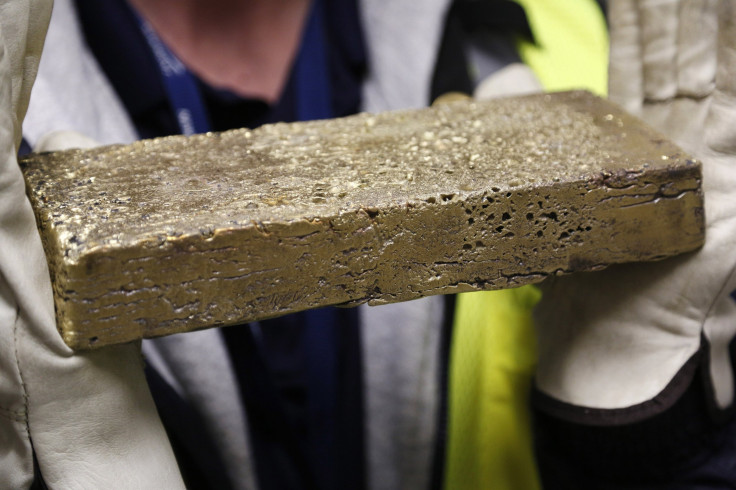Gold Bar Hunt: German Artist Hides Treasure At British Beach

A German artist hid 30 gold bars across a British beach, prompting a massive hunt that had beachgoers desperately looking Thursday for the buried treasure. The gold bar hunt is worth £10,000, or roughly $17,000. Participants have been encouraged to dig for the gold bars in the sand of the Outer Harbour beach at Folkestone, England. The treasure hunt is intended to raise questions about what people would do with any gold they find: keep it as art or trade it for cash?
The gold bar hunt is part of the Folkestone Triennial, a popular art festival on the southern coast of England. Throughout the event, artists are invited to use the town as "their canvass," according to organizers. For the treasure hunt project, German artist Michael Sailstorfer secretly buried the 30 gold bars of varying sizes before the artwork, called Folkestone Digs, was made public.
"It is a participatory artwork," Triennial curator, Lewis Biggs, said. "It is about people coming to the beach and digging and possibly finding hidden treasure. Some people will get lucky, some people will not get lucky -- and that's life."
A family from Folkestone found one of the bars Thursday night, according to the website Guardian. The family opted to remain annoymous. More people were expected to search for the bars on Friday.
The artwork could turn the beach into a popular treasure hunt location, especially if some of the bars go unaccounted for.
"We will never know if the gold has been found or not," Biggs said.
© Copyright IBTimes 2024. All rights reserved.






















